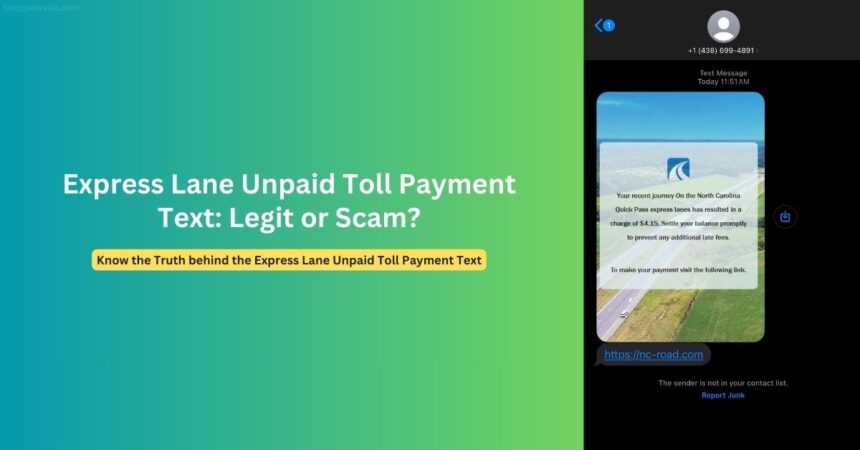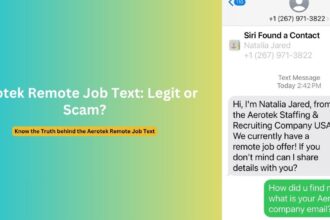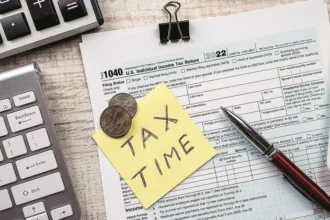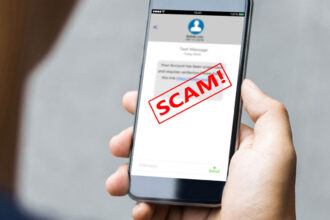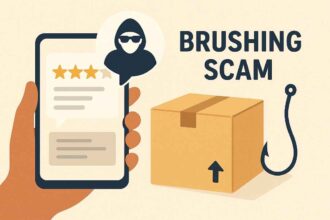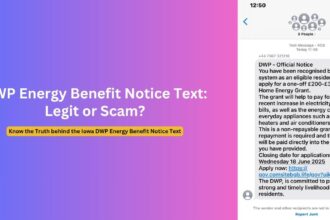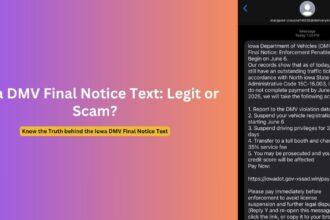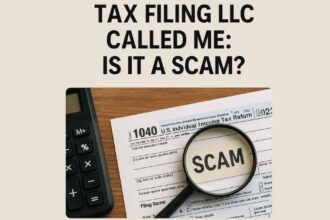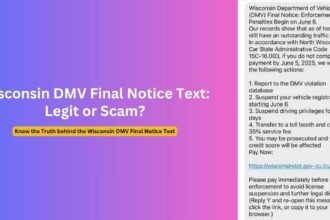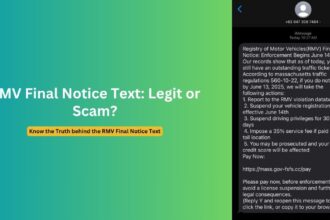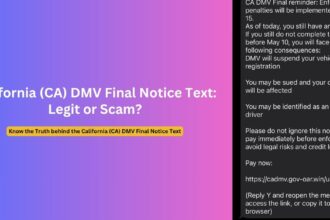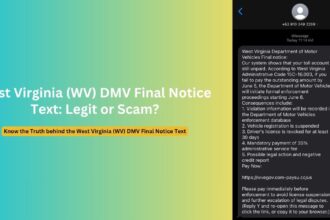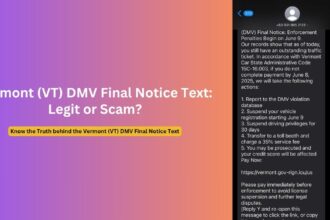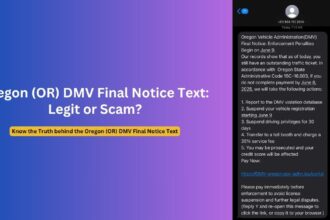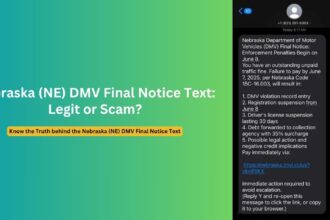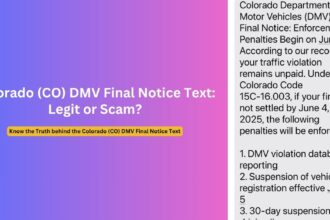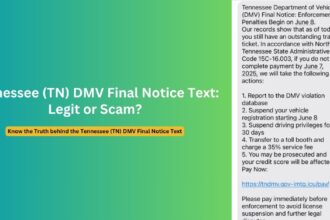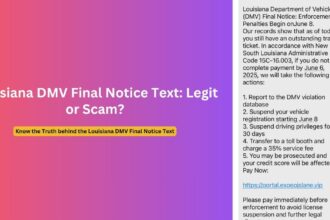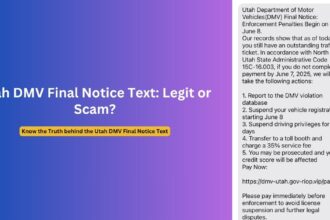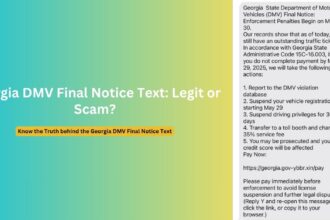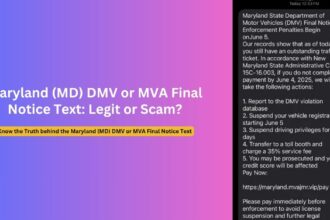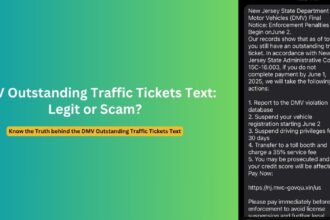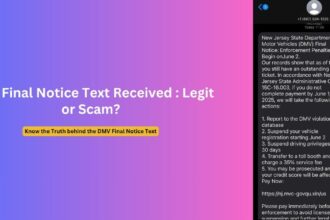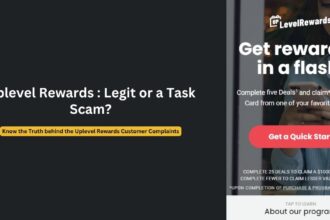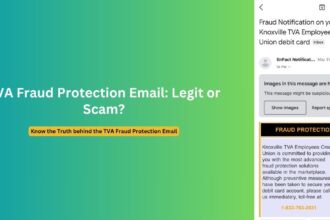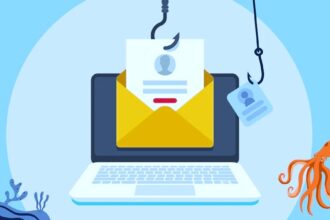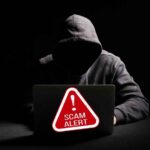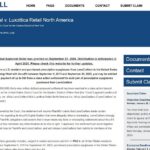Transportation departments across the US are warning drivers about sophisticated text message scams targeting toll road users, putting personal information and finances at risk.
In recent months, a troubling trend has emerged across America’s highways: drivers are being targeted by sophisticated scammers impersonating legitimate toll authorities. These fraudsters send deceptive text messages claiming unpaid tolls, complete with threatening language about impending fines and legal action. With a single click, unsuspecting victims can have their financial information stolen and bank accounts drained.
From Colorado to North Carolina, Utah to Florida, transportation departments are sounding the alarm about these “SMishing” (SMS phishing) scams. As the fraud spreads nationwide, authorities emphasize one critical fact: legitimate toll agencies never collect payments through text messages. Yet thousands of drivers continue to fall victim to these increasingly convincing schemes.
This article examines the growing epidemic of express lane text scams, provides tools to identify fraudulent messages, and outlines steps to protect yourself from becoming the next victim.
The Rising Wave of Express Lane Unpaid Toll Payment Text Scams
Transportation authorities across the United States are issuing urgent warnings about a sophisticated scam targeting drivers. Scammers are sending fraudulent text messages claiming recipients owe money for unpaid express lane tolls. These “SMishing” (SMS phishing) attacks have been reported in multiple states including Colorado, Utah, North Carolina, and Florida, creating a nationwide concern for drivers.
The scam specifically targets drivers by sending text messages with fake payment links, claiming unpaid toll violations with threats of additional penalties if not paid promptly. Transportation departments are emphasizing that they never use text messages to collect toll payments, which are instead handled through official accounts or mailed invoices.
This scheme not only steals money from unsuspecting victims but also harvests personal and financial information that can be used for identity theft and additional fraud. With millions of Americans using express lanes and toll roads daily, the potential victim pool is enormous, making this one of the most widespread consumer scams of 2025.
How the Expresslane Text Scam Works
The toll road text scam follows a calculated approach designed to create urgency and fear in recipients:
- Initial Contact: Victims receive a text message claiming to be from a legitimate toll authority (like CDOT, UDOT, or NC QuickPass)
- False Claims: The message states there’s an unpaid toll amount, typically a small sum between $4-15
- Urgency Tactics: The text emphasizes immediate action, often claiming fines will increase within hours or that legal action may follow
- Fraudulent Payment Link: Recipients are directed to click a link with a domain name that appears official but is actually fraudulent (e.g., “ezpass.com-012345” or “nc-road.com”)
- Data Collection: When victims visit these fake sites, they’re prompted to enter personal and financial information including credit card details, which scammers then steal
- Account Drainage: Once payment information is collected, scammers may make unauthorized charges or sell the data to other criminals
What makes these scams particularly effective is that they target everyone indiscriminately, not just those who regularly use toll roads. Some victims report receiving these fraudulent texts despite never having driven on express lanes or toll roads, indicating that scammers are casting a wide net rather than targeting actual toll road users.
Text Patterns: Examples of Scam Messages
The fraudulent text messages follow similar patterns across different states but are carefully crafted to appear legitimate. Below are examples reported by transportation departments and victims:
Example 1: Florida/California Variant
The Toll Roads Notice of Toll Evasion: You have an unpaid toll bill on your account. To avoid late fees, pay within 12 hours or the late fees will be increased and reported to the DMV.
https://thetollroads-paytollqwe.world/us
(Please reply Y, then exit the text message and open it again to activate the link, or copy the link to your Safari browser and open it)
The Toll Roads team wishes you a great day!
Example 2: Texas Variant
The Toll Roads Notice of Toll Evasion: You have an unpaid toll bill on your account. To avoid late fees, pay within 12 hours or the late fees will be increased and reported to the DMV.
https://txtag.org-paytx.top/i
(Please reply Y, then exit the text message and open it again to activate the link, or copy the link to your Safari browser and open it)
The Toll Roads team wishes you a great day!
Example 3: Massachusetts Variant
EzDriveMA Alert – Your vehicle has an unpaid toll bill. To avoid excessive late fees on your bill, please settle it promptly. Thank you for your cooperation!
Total amount: $6.99 Now Payment: https://ezdrivema.com-feespj.top/i
(Please reply Y, then exit the SMS and open it again to activate the link, or copy the link to your Safari browser and open it)
Example 4: Colorado Variant
You have an outstanding toll. If you fail to pay by June 30, 2025, you will face penalties or legal action.
Payment:
https://ezpass.com-012345
Please settle your toll immediately after reading this message to avoid penalties for delaying the payment.
Example 5: North Carolina Variant
Your recent journey On the North Carolina Quick Pass express lanes has resulted in a charge of $4.15. Settle your balance promptly to prevent any additional late fees.
To make your payment visit the following link.
https://nc-road.com
Red Flags: How to Spot Fraudulent Express Lane Toll Payment Notices
Knowing the warning signs of these scams can help drivers avoid becoming victims. Here are the key red flags to watch for:
1. Communication Method
- Text Message Format: Legitimate toll authorities typically do not initiate contact via text message
- Image-Based Texts: Many scammers send messages as images to avoid spam detection
2. URL and Website Issues
- Suspicious Domains: Look for domain names that mimic official sites but with additions (e.g., “ncquickpass-payment.com” instead of “ncquickpass.com”)
- Domain Extensions: Unusual extensions like “.top”, “.world”, or “.xyz” rather than “.gov” or established “.com” domains
- Hyphens and Numbers: Random numbers or excessive hyphens in the domain (e.g., “ezpass.com-012345”)
3. Message Content
- Urgent Deadlines: Extremely short timeframes (like “pay within 12 hours”)
- Unusual Instructions: Directions to reply “Y” or exit and reopen the message
- Threatening Language: Mentions of DMV reporting, legal action, or excessive penalties
- Generic Greetings: No specific car information, license plate number, or toll location details
- Unprofessional Language: Grammatical errors or awkward phrasing
4. Payment Request Practices
- Low Dollar Amounts: Small charges ($4-15) designed to seem plausible and not raise suspicion
- Direct Payment Links: Legitimate agencies typically direct you to their official website, not through direct links
- Uncommon Payment Methods: Requests for gift cards, cryptocurrency, or wire transfers
How to Protect Yourself from Fake Expresslane Toll Texts
Taking proactive steps can help ensure you don’t fall victim to these increasingly sophisticated scams. Here’s how to protect yourself:
Verify Through Official Channels
- Never Click Links: Don’t click on links in unsolicited text messages
- Visit Official Websites Directly: Access your toll account by typing the official website address directly in your browser
- Call Official Numbers: Contact the toll authority using the number from their official website or your toll tag documentation
- Check Your Account: Log in to your existing toll account (if you have one) to verify any alleged violations
Know How Legitimate Toll Notices Work
- Mail Notifications: Most toll authorities send physical mail for violations or unpaid tolls
- Email Communication: Some agencies use email, but only if you’ve previously opted in
- Official Documentation: Legitimate notices include specific details like your license plate number, exact time and date of the toll, and often a photo of your vehicle
Take Protective Actions
- Report Suspicious Messages: Forward suspicious texts to 7726 (SPAM)
- File Complaints: Report scams to the Internet Crime Complaint Center (IC3) at ic3.gov
- Check Your Credit: Monitor your accounts and credit reports if you suspect you’ve been compromised
- Enable Two-Factor Authentication: Add this extra security layer to your financial accounts
- Update Device Security: Keep your smartphone’s operating system and security software updated
If You’ve Already Clicked
- Change Passwords: Immediately change passwords for any accounts you may have accessed or entered information for
- Contact Financial Institutions: Alert your bank or credit card company to monitor or freeze accounts
- Monitor Accounts: Watch for unauthorized transactions
- Consider Credit Freezes: Place a freeze on your credit reports with the major credit bureaus
Frequently Asked Questions
1. Are express lane toll violation text messages ever legitimate?
No. Transportation departments across the country have confirmed they do not send text messages to collect unpaid tolls. Official communications come through mail, email (if you’ve opted in), or your existing toll account.
2. How do scammers get my phone number?
Scammers obtain phone numbers through data breaches, public records, or by purchasing contact lists from third parties. They often send messages to thousands of numbers simultaneously, regardless of whether recipients have ever used toll roads.
3. What information can scammers collect if I click their link?
If you visit a scammer’s website, they can potentially collect your credit card information, full name, address, phone number, and in some cases, enough information to commit identity theft. Some sophisticated scam sites may also install malware on your device.
4. I paid a toll text before realizing it was a scam. What should I do?
Contact your financial institution immediately to report the fraud and request a new card. Monitor your accounts for additional unauthorized charges and consider placing a fraud alert on your credit report. File a report with the FBI’s Internet Crime Complaint Center (IC3).
5. How can I check if I actually owe tolls?
Visit the official website of your local toll authority (not through any links in text messages) and search for your license plate or toll account number. You can also call the customer service number listed on the official website or on your toll tag documentation.
Conclusion
As toll road text scams continue to evolve and spread across the United States, driver awareness remains the strongest defense. Transportation departments are working to educate the public, but ultimately, individual vigilance is crucial in preventing these scams from succeeding.
Remember that legitimate toll authorities will never initiate contact through text messages demanding payment. When in doubt, go directly to official websites by typing the URL yourself or call official customer service numbers.
By understanding how these scams work and recognizing the warning signs, drivers can protect themselves from becoming victims. As one transportation official noted, “If you receive a text message claiming you owe toll payments, treat it as suspicious – no matter how legitimate it may appear.”
Report any suspected toll scams to local authorities and the Internet Crime Complaint Center to help combat this growing threat to drivers nationwide.
